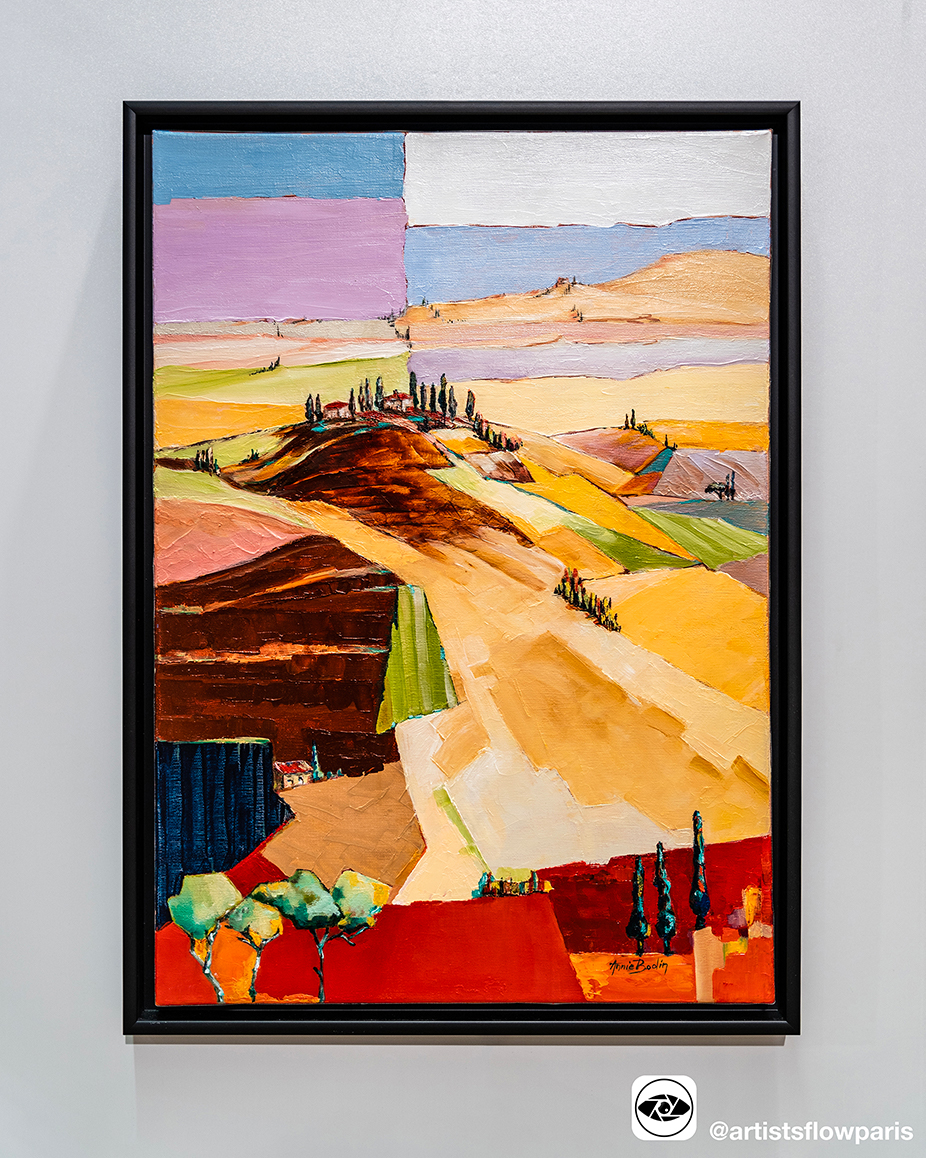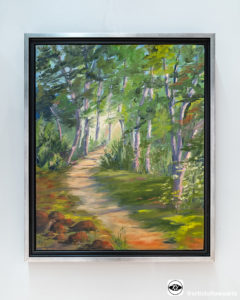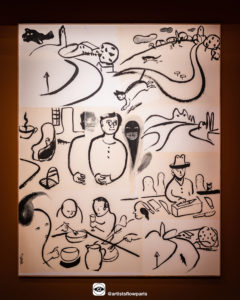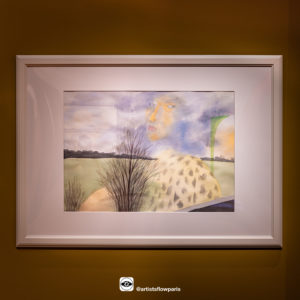Each artwork touches us in its unique way. For any individual, an artwork will be interpreted according to his or her experience in the past. During the creation of one artwork, the artist invests much of his or her emotions into the process. While appreciating one artwork, we have an emotional echo deep in our heart. Quite often, those two emotions could be completely different. But the fact that emotions are poured in the artwork during the creation and emotions are triggered by one during the appreciation is the unique charm of art.
The yellow hills depicted in Annie’s painting are very touching for me personally. I was born and raised in the center of Mainland China. It is very far from the sea. For us locals, this beloved land is called Loess Plateau. There, one could not even imagine what the sea looks like. However, the dry hills like those in the painting are everywhere. Because of the dry climate, the exposed earth is yellow almost all year long.
What’s more interesting is that one of the main crops there is Chinese sorghum. Each autumn before harvest, the ear of it would turn red. Looking from afar, you can see huge block of red color on the yellow canvas of nature, just like the red at the bottom of Annie’s painting. Now, you might also feel strange like I do. How a painting of a French artist could trigger my remote memories of home so far away? It is simple, in her work, I see and feel the blue sky, the yellow land and the red sorghum.
There’s little to no doubt that Annie created her work without inspiration or reference of my home area in central China. Be it coincidence or overinterpretation of my part, her work makes me feel again the dusty wind of Loess Plateau, and my forefathers’ love for this land. I think this must be the beauty and meaning of art.




